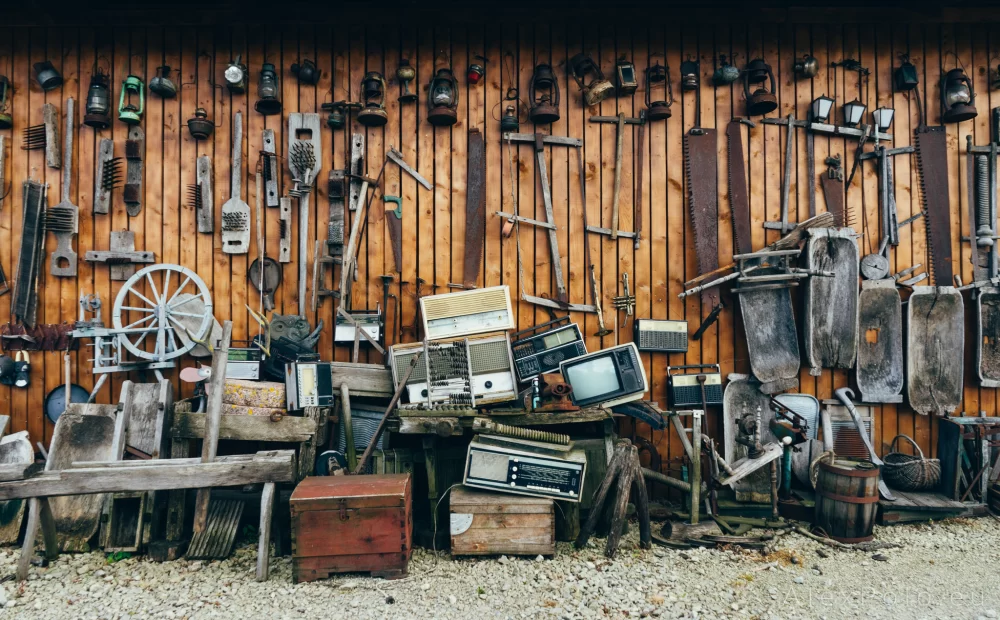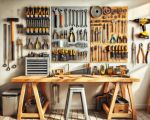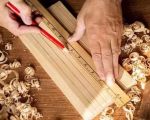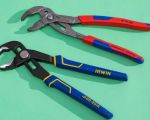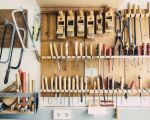
- Must-Have Tools for Beginner Woodworkers
- Understanding the Basic Tools and Their Importance
- Detailed Analysis of Key Tools for Beginners
- Real-World Example: How a Beginner Built Confidence
- Tips for Selecting and Maintaining Tools
- Where to Find Quality Tools and Services
Must-Have Tools for Beginner Woodworkers
Starting woodworking can be both exciting and overwhelming, especially for beginners. One of the biggest challenges is knowing which tools are truly essential. Not every tool is necessary at the start, but some foundational equipment is critical for building your skills and confidence. This guide focuses on the must-have tools for beginner woodworkers that will enable you to create quality projects without breaking the bank or cluttering your workspace.
Why the Right Tools Matter
Having the right tools is not just about convenience—it directly impacts the quality of your work and your learning experience. Using subpar or unnecessary tools can lead to frustration and even injury. Beginner woodworking tools should balance ease of use, safety, and versatility. For instance, a simple hand saw might be enough to start with, but investing in a quality measuring tape and square will help ensure your projects are precise and professional-looking.
Understanding the Basic Tools and Their Importance
Before diving into tool selection, it’s vital to understand what each basic tool does and why it’s important. Woodworking tools for beginners typically fall into several categories: measuring and marking, cutting, shaping, joining, and finishing. Mastering these fundamentals sets the foundation for more advanced techniques later.
Measuring and Marking Tools
Accurate measurement is the cornerstone of any successful woodworking project. Tools like a tape measure, combination square, and marking gauge are must-haves. These ensure your cuts and joints fit perfectly, preventing costly mistakes.
Cutting Tools
Cutting is fundamental in woodworking, and beginners usually start with handsaws or a simple power saw like a circular saw. While power tools offer speed and precision, handsaws provide control and are great for learning the basics of cutting wood.
Shaping and Finishing Tools
After cutting, shaping the wood with chisels or files helps refine your project. Sandpaper or a sanding block is essential for smoothing surfaces to prepare for finishing. These tools ensure your final piece looks polished and professional.
Detailed Analysis of Key Tools for Beginners
1. Tape Measure and Combination Square
These two tools are the backbone of accurate woodworking. A tape measure provides flexibility in measuring longer lengths, while the combination square helps with right angles and marking precise cuts. Together, they reduce errors and increase the efficiency of your work.
2. Handsaw and Power Saw Options
Many beginners start with a quality handsaw due to its affordability and control. However, a circular saw or jigsaw offers more versatility once you are comfortable. Choosing the right saw depends on your workspace, budget, and project types.
3. Clamps and Workbench
Clamps hold your work steady, which is crucial for safety and precision. A sturdy workbench complements clamps by providing a reliable surface to work on. Together, they create a stable environment, which is indispensable for beginners.
4. Hammer and Screwdrivers
While these are simple tools, they are essential for assembling projects and installing hardware. Beginners often overlook their importance, but having a reliable hammer and a set of screwdrivers can make assembly tasks smoother and faster.
5. Safety Gear
Woodworking safety can’t be overstated. Safety glasses, ear protection, and dust masks are must-have items to protect yourself as you learn. Developing safe habits from the start will save you trouble and ensure a long-lasting hobby.
Real-World Example: How a Beginner Built Confidence
Consider Jake, a woodworking enthusiast who began with very little experience and only the must-have tools for beginner woodworkers. By starting with a basic handsaw, tape measure, and clamps, Jake focused on simple projects like building a small bookshelf. He learned the value of precise measurements and steady clamping, which significantly improved his results.
After gaining confidence, Jake gradually added a circular saw and a set of chisels. His workbench became his creative space, and he found himself tackling more complex designs. Jake credits his steady progress to starting with the right tools and gradually expanding his toolkit based on real needs, not impulse purchases.
Tips for Selecting and Maintaining Tools
Choosing tools wisely can save money and frustration. Here are some tips for beginners:
Invest in Quality Over Quantity
It’s better to have fewer, high-quality tools than many low-quality ones. Good tools last longer, perform better, and can improve your craftsmanship.
Understand Your Project Needs
Before buying, think about the types of projects you want to create. For example, if you plan to build furniture, investing in clamps and a power saw might be critical early on.
Keep Tools Clean and Sharp
Maintenance is key. Regular cleaning, sharpening blades, and proper storage extend the life of your tools and keep them safe to use.
Where to Find Quality Tools and Services
For those starting out, finding trustworthy sources for tools and expert advice can be challenging. ToolNest is a great place to explore a curated selection of woodworking tools for beginners. Whether you need recommendations for must-have tools, want to browse products that fit your budget, or seek professional services, ToolNest offers reliable options tailored to your needs.
Shopping at such specialized platforms helps you avoid impulse buys and ensures you’re investing in tools that match your skill level and woodworking goals.

